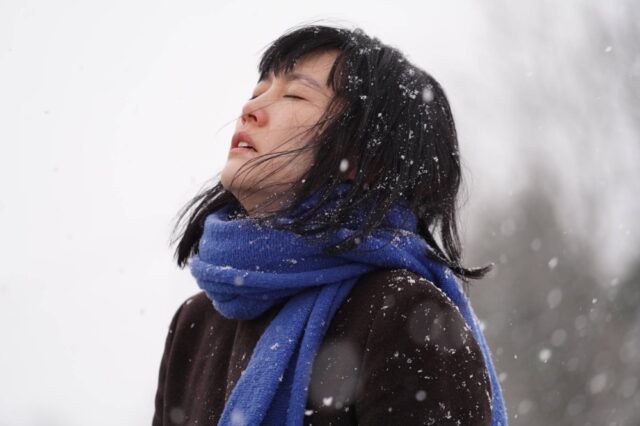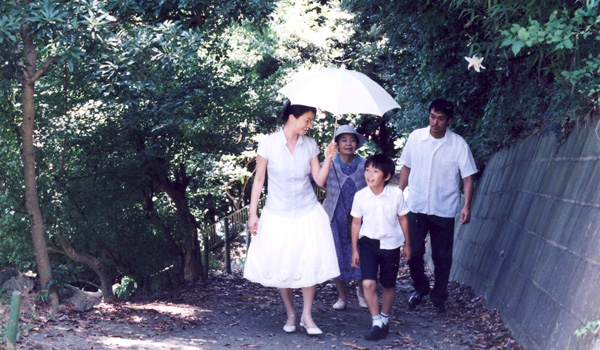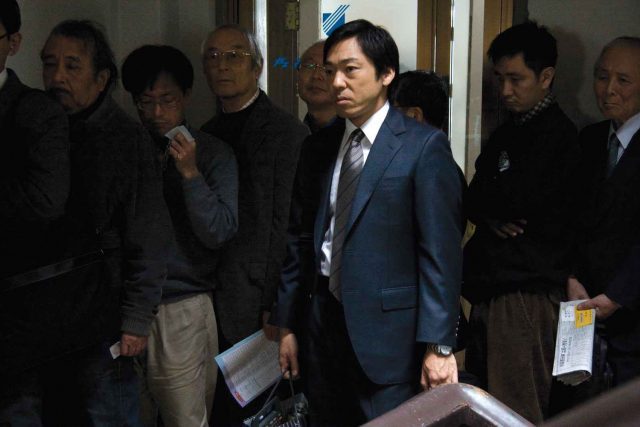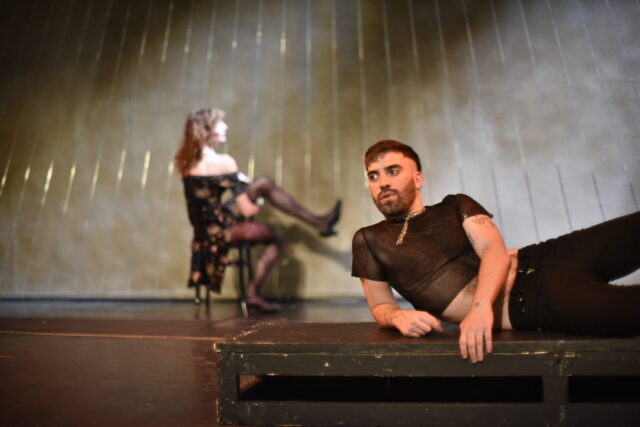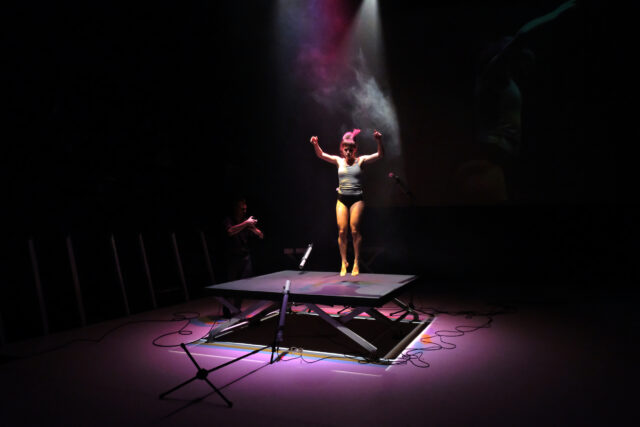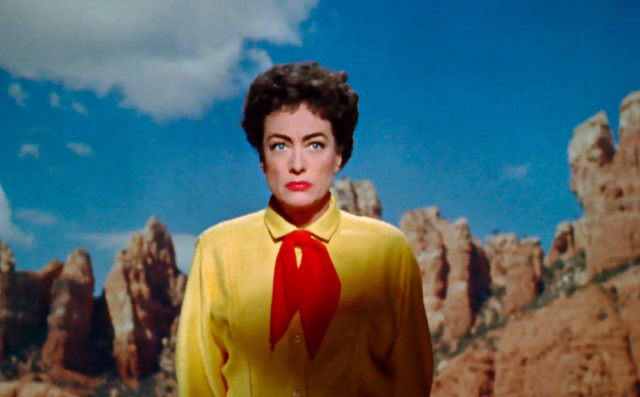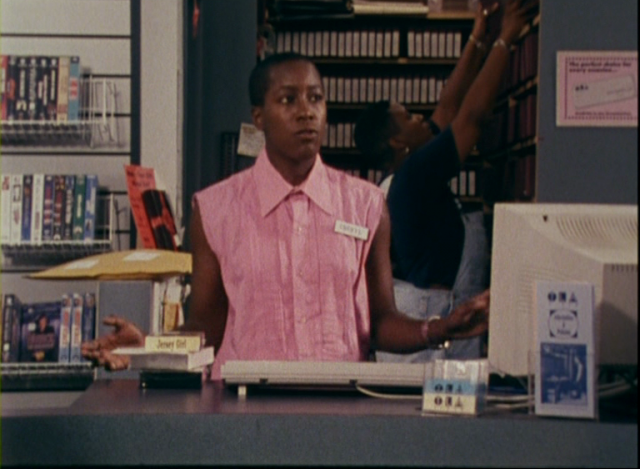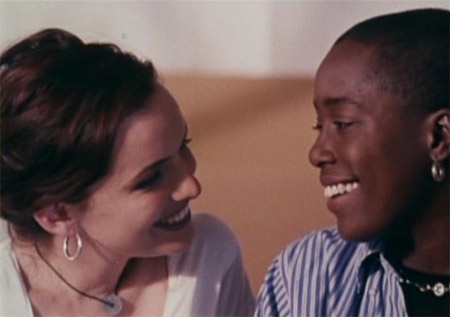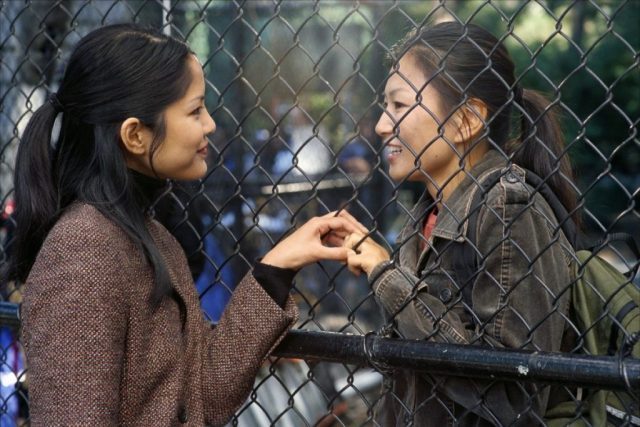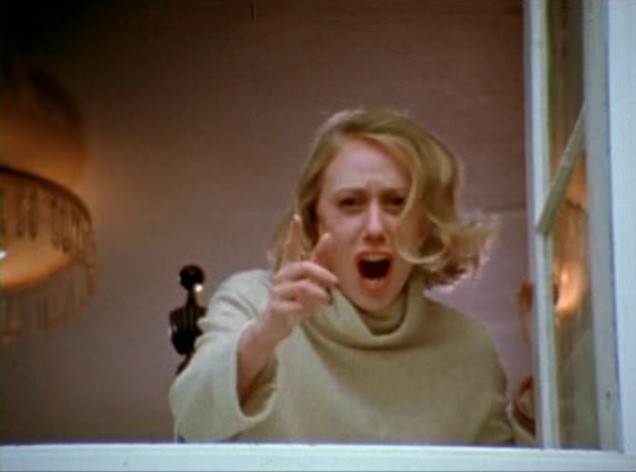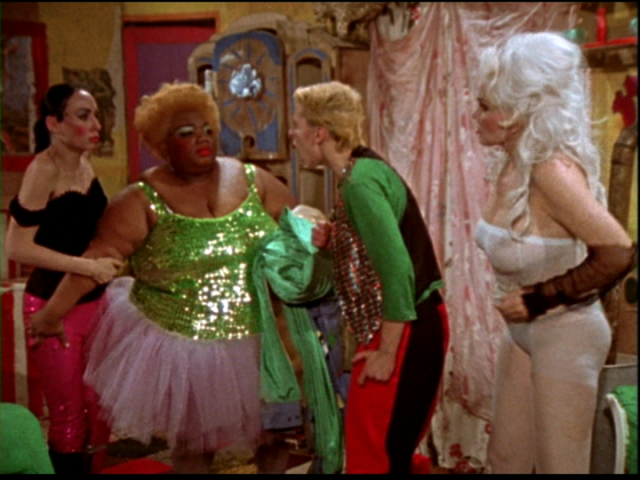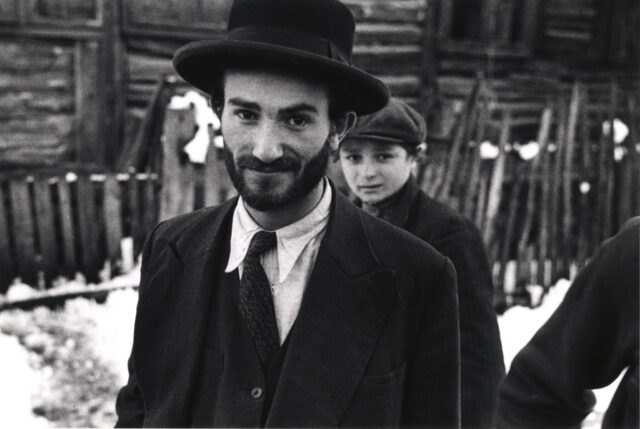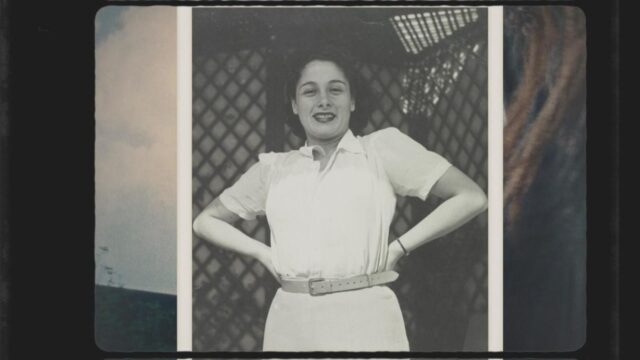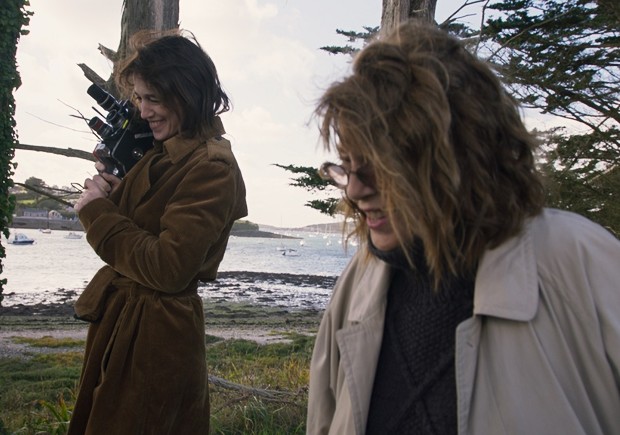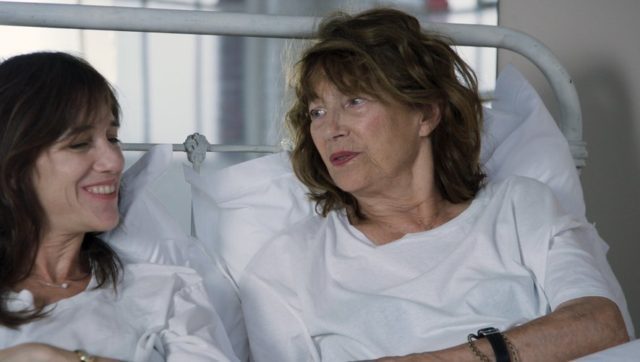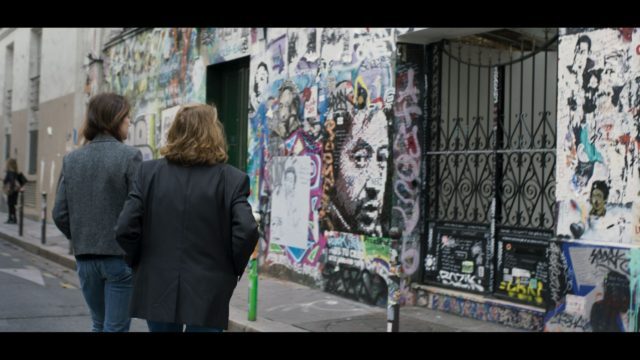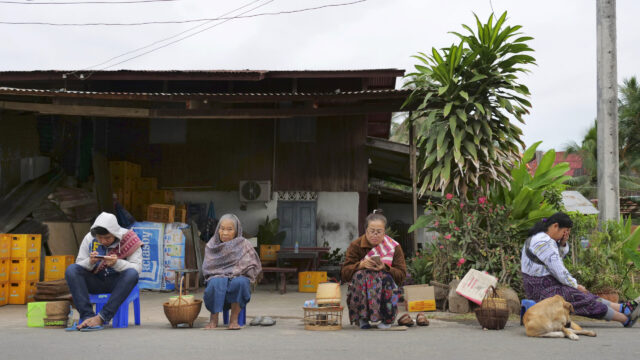
Kimi Takesue’s Onlookers is a uniquely visual film that looks at tourists and locals in Laos
ONLOOKERS (Kimi Takesue, 2023)
Metrograph
7 Ludlow St. between Canal & Hester Sts.
Opens Friday, February 16
212-660-0312
metrograph.com
www.onlookersfilm.com
“Seeing comes before words. The child looks and recognizes before it can speak,” John Berger writes in the seminal text Ways of Seeing. “But there is also another sense in which seeing comes before words. It is seeing which establishes our place in the surrounding world; we explain that world with words, but words can never undo the fact that we are surrounded by it. The relation between what we see and what we know is never settled.”
In documentary filmmaker Kimi Takesue’s Onlookers, which opens theatrically February 16 at Metrograph as part of the series “Fire Over Water: Films of Transcendence,” there are no words, no dialogue — just seventy-two minutes of stunning visuals exploring what we see and what we know, what we are present for and what we are absent for.
The film takes place in various parts of Laos as director, producer, cinematographer, sound recordist, and editor Takesue sets up her camera and leaves it there as scenes unfold in real time and with natural sound, from a breathtaking fourteen-second sunset to five and a half minutes of six women sitting by the side of the road, preparing to fill begging bowls for a long line of Buddhist monks. Animals graze in a temple courtyard as bells chime. Women sell goods at an open-air market. Rivers flow, wind rustles trees, roosters crow, birds chirp, a cat rests on a step, a man relaxes in a hammock, all taking their time, no one in a hurry.
Then the tourists arrive; a few run up to take pictures of a monk beating a drum, then walk away, not actually stopping to watch and listen. A woman snaps a photo of three fellow sightseers standing atop a small, raging waterfall as a man fishes below. A local worker waits as a woman checks her cell phone, as if he isn’t there, standing next to her. A group of backpackers gets a prime view at a boat racing festival while locals observe from the shore. On a mountain, six tourists search for the best angle to take selfies. Visitors at a guest house sit in an outdoor lounge and watch Friends.
Born in Colorado and raised in Hawai’i and Massachusetts, Takesue has previously made Where Are You Taking Me? in Uganda, Heaven’s Crossroad in Vietnam, and 95 and 6 to Go in Hawai’i, about reconnecting with her grandfather. In Onlookers, she is not necessarily criticizing the tourists or celebrating the Laotian locals; she’s merely showing how people witness and experience the world, particularly when it comes to travelers and residents. (95 and 6 to Go and Where Are You Taking Me? will both be available to stream on Metrograph at Home beginning February 16.)
Takesue beautifully captures this relationship in a short but captivating scene that begins with a static shot of an old religious shrine that looks like it hasn’t been in operation for years. A young woman enters the frame, sits down, poses for a selfie, stands up, snaps a photo of the shrine, then saunters off, never once stopping to just look at the shrine itself. The camera lingers on the building for several seconds, with nobody around, just the decaying structure set against a blue sky and between lush greenery.
We see what we want to see, when we want to see it, not always recognizing what is right in front of us, whether we’re at home or on vacation. It reminded me of people who go to a museum and take pictures of classic artworks but only see them through the lens of their phone rather than experiencing them with their own eyes. In fact, each frame of Onlookers is composed like a painting that slowly comes to life.
“The way we see things is affected by what we know or what we believe,” Berger writes in his book. “Yet this seeing which comes before words, and can never be quite covered by them, is not a question of mechanically reacting to stimuli. (It can only be thought of in this way if one isolates the small part of the process which concerns the eye’s retina.) We only see what we look at. To look is an act of choice. As a result of this act, what we see is brought within our reach — though not necessarily within arm’s reach. To touch something is to situate oneself in relation to it. . . . We never look at just one thing; we are always looking at the relation between things and ourselves. Our vision is continually active, continually moving, continually holding things in a circle around itself, constituting what is present to us as we are. Soon after we can see, we are aware that we can also be seen.”
In all films, the audience might not have a choice of what they’re looking at, but they can decide for themselves what they’re seeing. And in the case of Onlookers, what they’re seeing is a gorgeous portrait of ourselves that no selfie can catch.
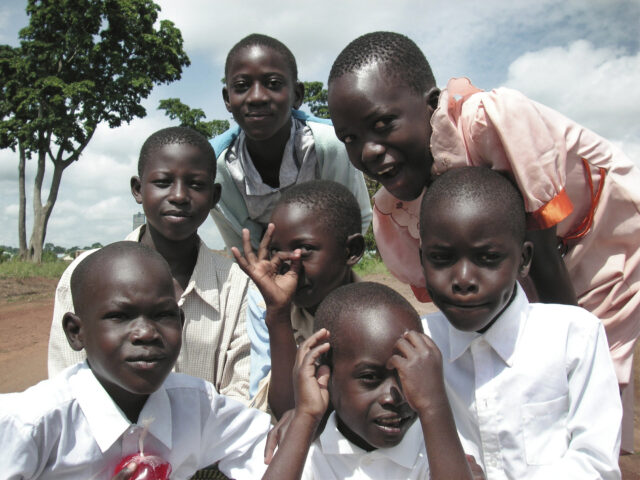
Kimi Takesue’s Where Are You Taking Me? will stream on Metrograph at Home
Takesue will be at Metrograph for introductions and Q&As before and after four screenings: February 16 with Inney Prakesh, February 17 with Dessane Lopez Cassell, February 18 with Lynne Sachs, and February 21 with Ari-Duong Nguyen.
“Fire Over Water” also features Michaël Dudok de Wit’s The Red Turtle, Phạm Thiên Ân’s Caméra d’Or winner Inside the Yellow Cocoon Shell, and Apichatpong Weerasethakul’s Cemetery of Splendour.
[Mark Rifkin is a Brooklyn-born, Manhattan-based writer and editor; you can follow him on Substack here.]
